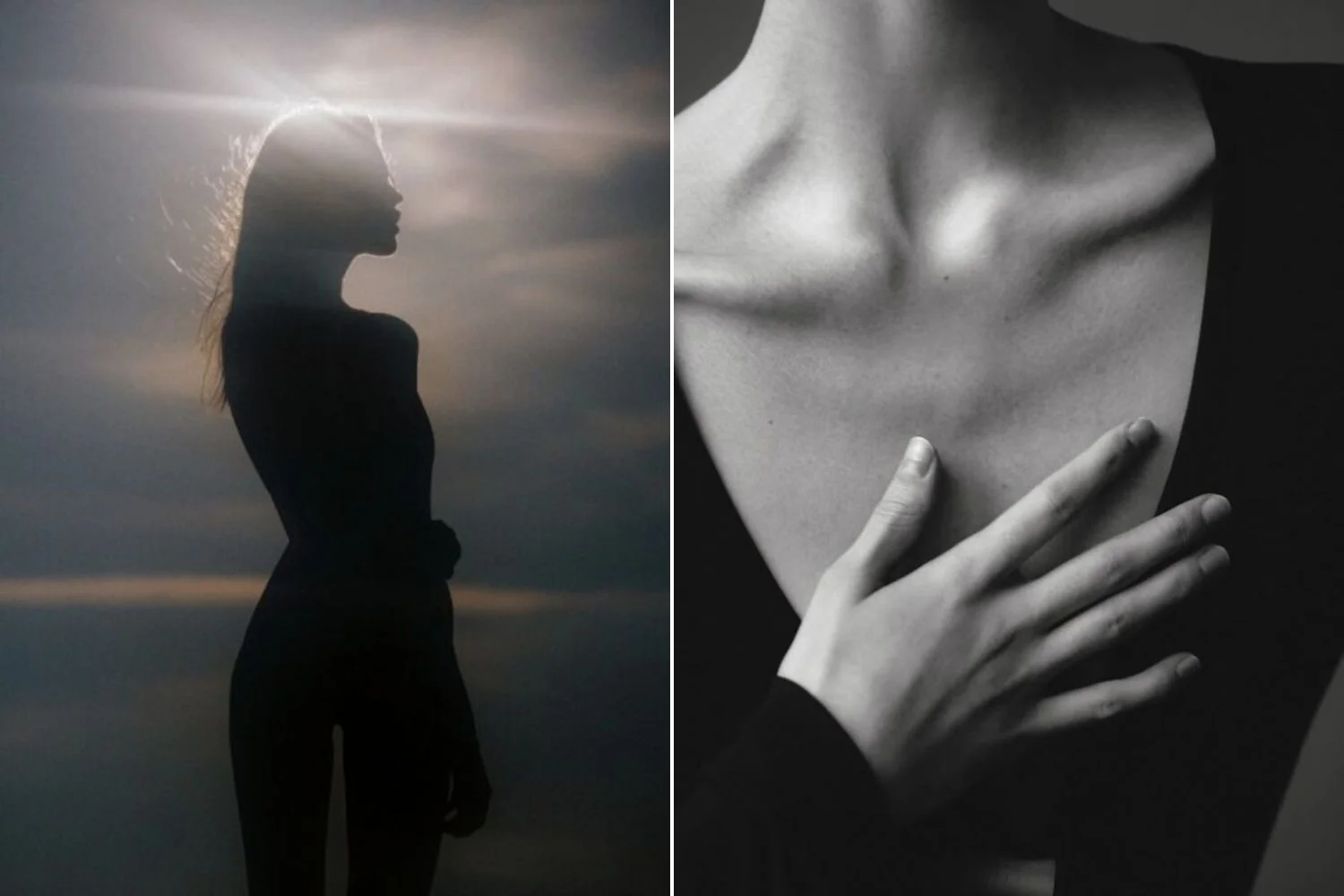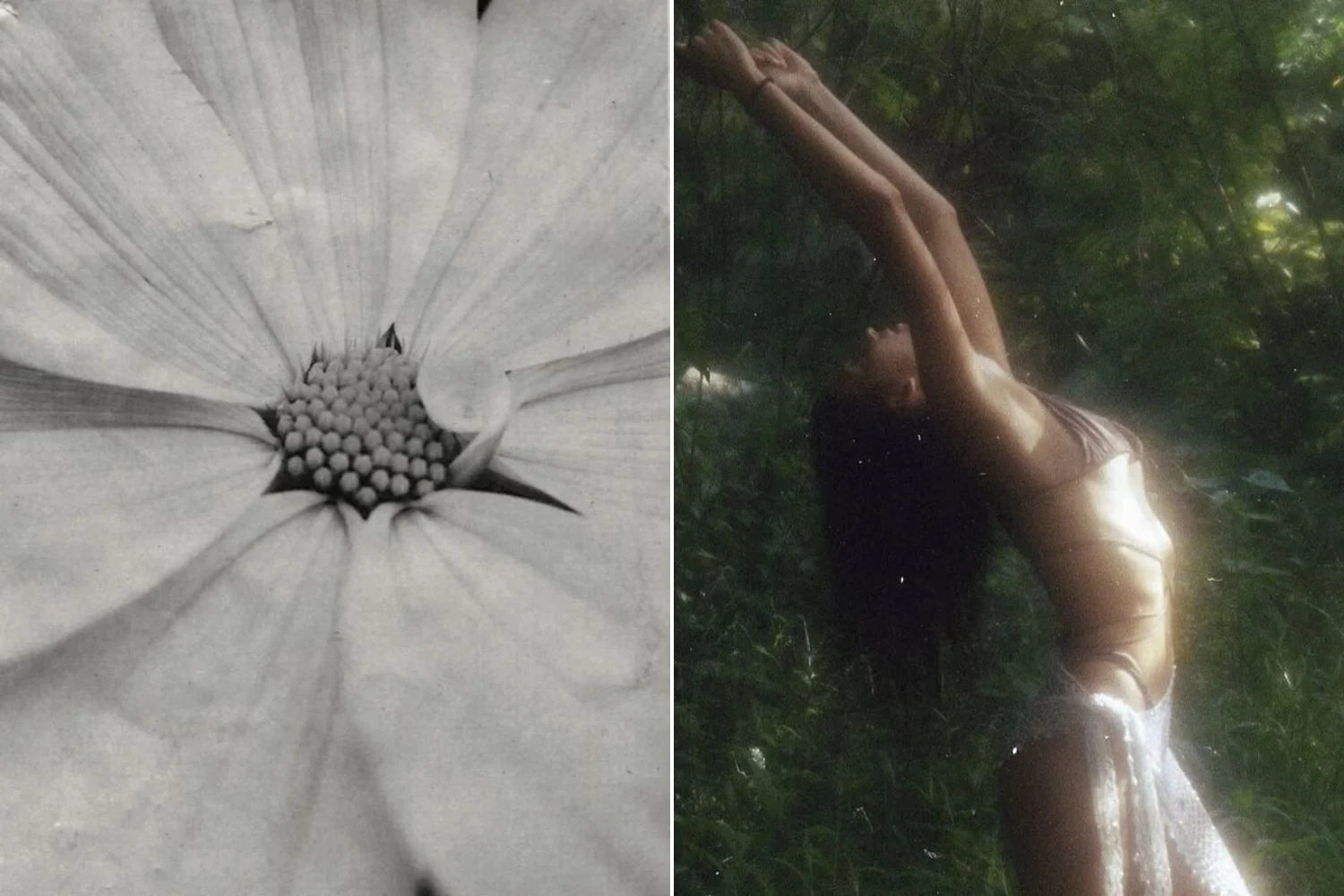The divine feminine is more than a trendy buzzword. It’s an ancient and sacred archetype representing intuition, nurturing, creativity, and spiritual power, which lives in each of us. Yet in modern circles, the waters have gotten a bit muddy. As the term becomes more mainstream, so too do misconceptions. From Instagram quotes to crystal-clutching stereotypes, it's getting harder to tell what truly honors the feminine essence and what merely wears a glittery mask.
What is real is what is authentic. And authenticity, by its nature, follows no rules. Yet in today’s ever-shifting reality, even authenticity is being wrapped and sold within carefully crafted boundaries. It wears trendy faces and speaks fluent spirituality, but often lacks the soul behind the words. To truly discern the genuine from the cleverly disguised, you must stay rooted in both body and soul. It takes a quiet intelligence, a deep inner listening, to recognize what is real and what is merely illusion—dressed up and served in a seductive, new-age spiritual sauce.
In this article, we're diving deep into what distinguishes the real divine feminine from its false counterpart. We’ll explore how genuine feminine energy operates and how some narratives misrepresent it. By the end, you'll have a clearer view of how to embody the sacred feminine in a way that’s rooted, not performative. Ready? Let’s unpack the sacred... minus the ego flair.

The Real Divine Feminine
The divine feminine isn't a look—it's a frequency. It's not found in flowing dresses or curated Instagram feeds. The real divine feminine radiates from a place of deep emotional intelligence, nurturing energy, and spiritual depth. It welcomes intuition, collaboration, creativity, and the wisdom of cycles—like nature, birth, transformation, and death. She's the moonlight, not the spotlight.
The divine feminine is everything a woman is when she stands bare—unmasked, unbound, untouched by the weight of expectations or the noise of the world’s opinions. She is not shaped by demands, nor defined by society’s idea of what her power should be. What’s expressed here may not resonate with you—and that’s okay. You might not feel aligned with it, because you bring your unique energy into the world.
But let’s remember: we begin to truly feel ourselves when we release all that we are not. When we let go of the identities and beliefs we were taught to adopt, we return to who we genuinely are. It doesn't matter what she does - she works, doesn't work, plants flowers or leads a team. What matters is how she does it.

The False Divine Feminine
The false divine feminine, on the other hand, is often ego-driven. It mimics sacred femininity for social clout, spiritual superiority, or manipulation. You’ll notice it in language that sounds inclusive but feels performative, or in those who speak of goddess energy but weaponize emotions or sexuality. This version often lacks the humility and inner work required to truly embody sacred energy. Everyone can speak if they choose to. But the true measure of how deeply a person has integrated their knowledge—and how sincere they truly are—is revealed in how they live. What kind of example do they set? Words may inspire, but it is one’s life that speaks the loudest.
Distinguishing between the two isn’t about judgment—it’s about alignment. The real divine feminine is about wholeness, not performance. And once you feel her, you can’t unsee the difference. A woman who expresses her divine feminine gives herself full permission to simply be. She does not concern herself with the opinions of others or the weight of their judgments. Instead, she moves in alignment with her inner core, guided by her own truth.

What Is the Real Divine Feminine?
The real divine feminine is an energetic and archetypal force that lives within all beings. It embodies qualities like intuition, nurturing, compassion, receptivity, creativity, and inner knowing. Unlike societal ideas that associate femininity with weakness or submission, the divine feminine represents a potent strength that’s both soft and fierce. It is a force before which we feel respect and honor. It honors the wisdom of emotional depth and the sacredness of rest, flow, and community. Real divine feminine energy invites collaboration over competition and healing over hustle.
In practice, embodying this energy might mean setting boundaries with grace, choosing rest over burnout, or tapping into your gut instinct when logic falls short. It’s less about appearance and more about presence. And yes, while it’s often talked about in feminine terms, this energy is available to all genders. It’s a yin force in the yin-yang of the universe—necessary for balance. For a man to be able to feel, express and radiate the sacred masculine energy, he must recognize the sacred feminine within himself and respect it.

Signs of the False Divine Feminine
Spotting the false divine feminine can feel like separating wheat from spiritual chaff. It often shows up as hyper-sexualization masked as empowerment, or manipulative behavior labeled as "emotional wisdom." While these traits may appear aligned with divine feminine energy, they’re usually driven by ego, control, or unresolved wounds.
Here are some signs of the false divine feminine:
- Over-emphasis on appearance: Obsessing over looking "spiritual" rather than being authentic.
- Spiritual superiority: Acting as if divine insight makes someone morally or spiritually above others.
- Weaponized vulnerability: Using tears, charm, or emotional displays to manipulate situations or people.
- Drama in disguise: Confusing chaos and emotional reactivity with passion and depth.
Unlike the real feminine, which is nurturing and healing, the false feminine often creates division, confusion, and emotional entanglement. It’s not inherently evil—it’s usually someone’s unhealed trauma acting out. But recognizing it is key to cultivating true divine feminine energy within and around you.

Living the Difference
Understanding the difference between the real and false divine feminine helps us navigate the spiritual landscape with greater clarity and authenticity. The real divine feminine isn't about performing femininity—it's about embodying it with grace, power, and emotional integrity. She isn't afraid to be soft, and she sure as heck isn't afraid to be strong.
As you move through your own path, take time to tune in. Notice where your energy feels performative or disconnected, and gently realign. The divine feminine lives in your instincts, your creativity, your ability to nurture, and your courage to feel deeply. Honor her—within you and others—and she’ll keep revealing her sacred truth. The world needs more of her right now.
Author: Ieva Simanoviča

















